Climate change is heating up classrooms across the country
-
2,671 additional school districts will see 32 or more days over 80°F during the school year by 2025, a 39% increase since 1970. Thirty two days over 80 is the heat threshold where cooling systems are typically installed.
-
156 school districts, serving 1,298,387 students, will see at least 30 more days over 80°F during the school year in 2025 than they did in 1970.
-
1,815 school districts, serving 10,774,046 students, will see three more weeks of days over 80°F during the school year in 2025, than they did in 1970.



